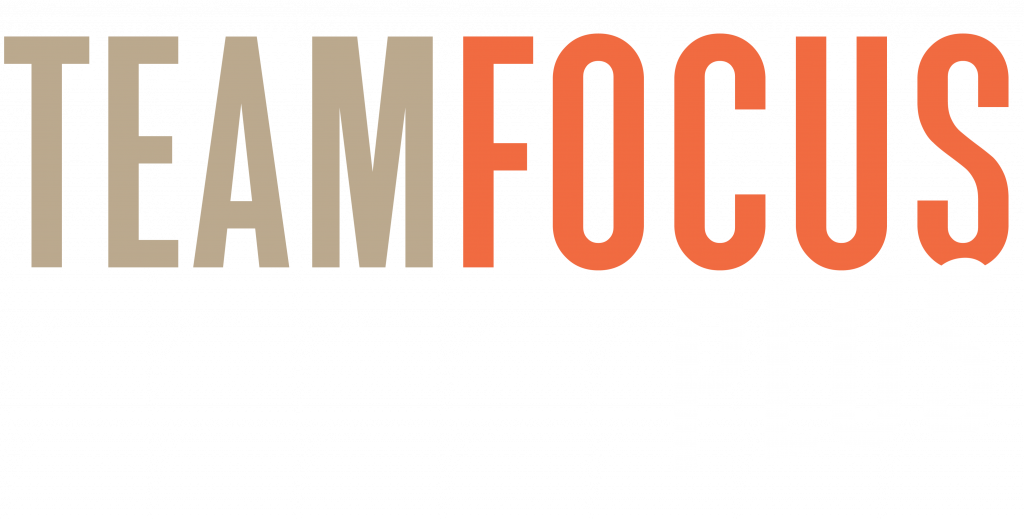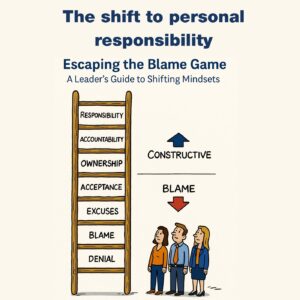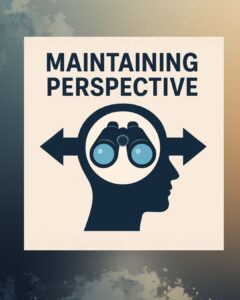Culture in the Workplace Explained: More Than Just a Definition
I was recently conducting a culture assessment for a civil and engineering company. Their workforce was a mix of labourers and engineers, and they were stuck in a strong “us and them” mindset.
During a focus group, one participant became visibly upset while recounting a story from six months earlier. The crew had sacrificed their weekend to finish a project—one worker even missed his daughter’s birthday—and yet, no manager thanked them.
Here’s the twist: this man had only been with the company for three months. He hadn’t been there during the event, but he’d absorbed the story and its frustration as if it were his own experience.
This is one of the most striking workplace culture examples I’ve seen. Stories, attitudes, and emotional reactions are shared and adopted—often subconsciously—until they become part of the group identity.
Defining Workplace Culture
When people ask, What is company culture? or What’s the organisational culture meaning?, they often hear two common definitions:
“The way we do things around here.”
“The shared values, beliefs, and norms of behaviour.”
While these are useful, they miss the deeper truth. Culture in the workplace doesn’t just guide actions—it shapes how people think, feel, and see themselves. It influences behaviour, attitudes, mood, values, opinions, and even a person’s sense of identity.
Why People Adapt to Fit In
Humans are wired to adapt to their environment. When someone joins a company, they want to belong, so they watch, listen, and absorb the behaviours, stories, and norms around them. This is how types of organisational culture spread—whether positive or toxic.
At Team Focus, we use this business culture definition:
“The attitudes and behaviour people subconsciously adopt in order to fit in.”
This definition sparks an important question: What culture do you want your people to fit in with?
Shaping the Culture You Want
If you want to build a culture that fosters trust, innovation, and engagement, you must be intentional about it. The first step is understanding the definition of workplace culture and recognising its powerful influence.
For inspiration, see the classic social conformity experiment by Brain Games: Watch here. It’s a perfect illustration of how quickly people adapt to the culture around them.
By defining and shaping the right culture, you’re not just improving the workplace—you’re shaping the very identity of your team.





